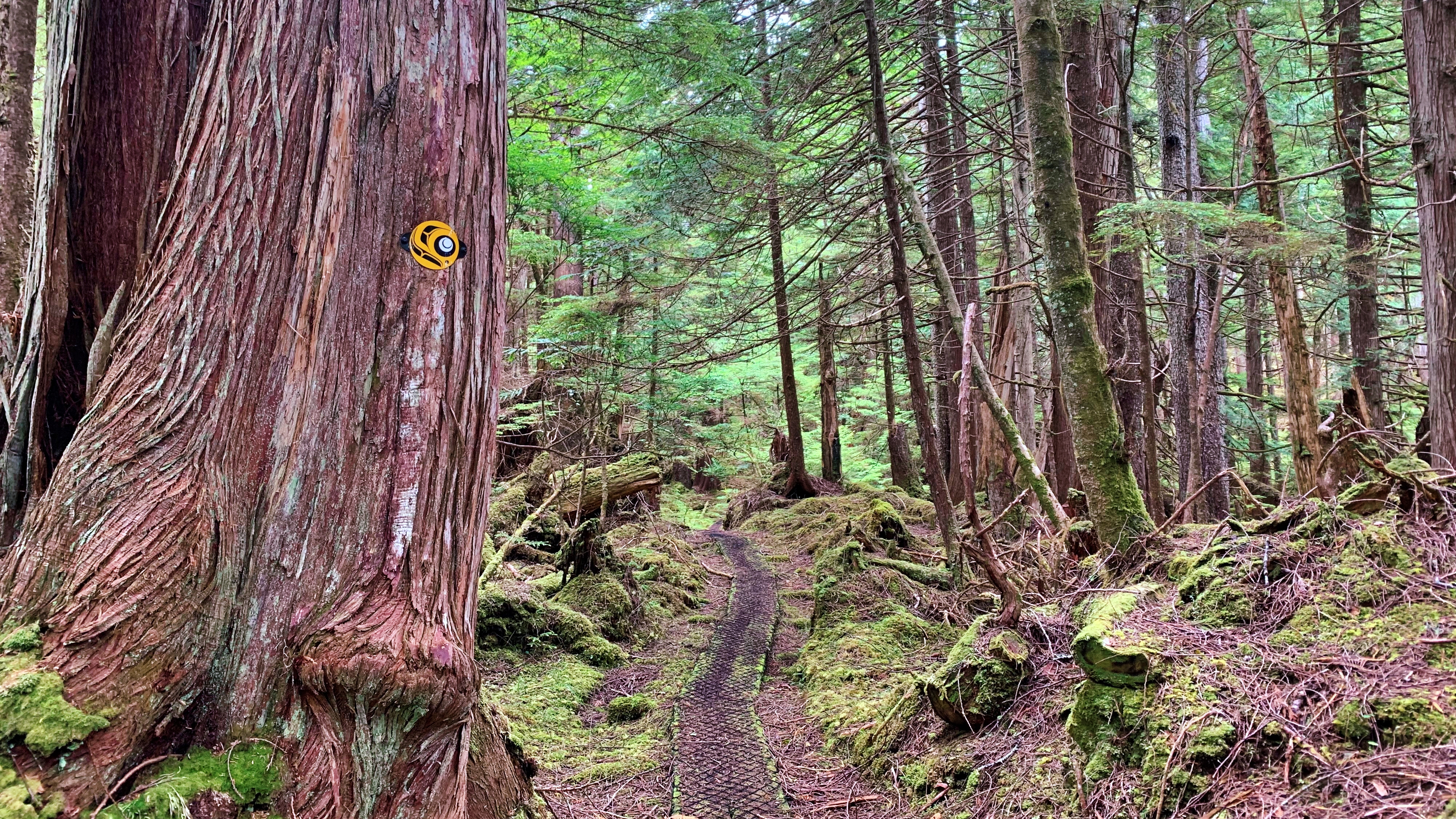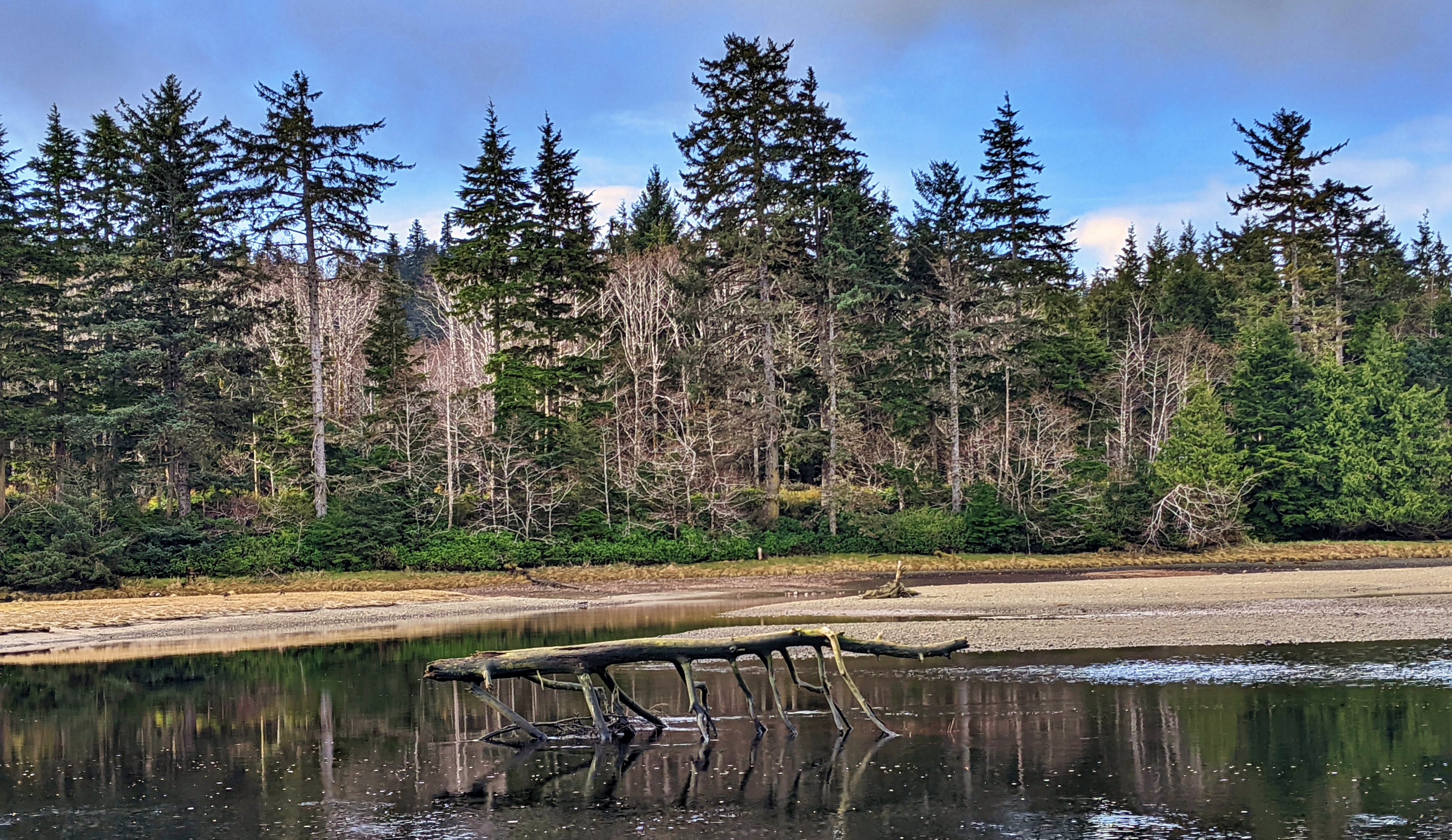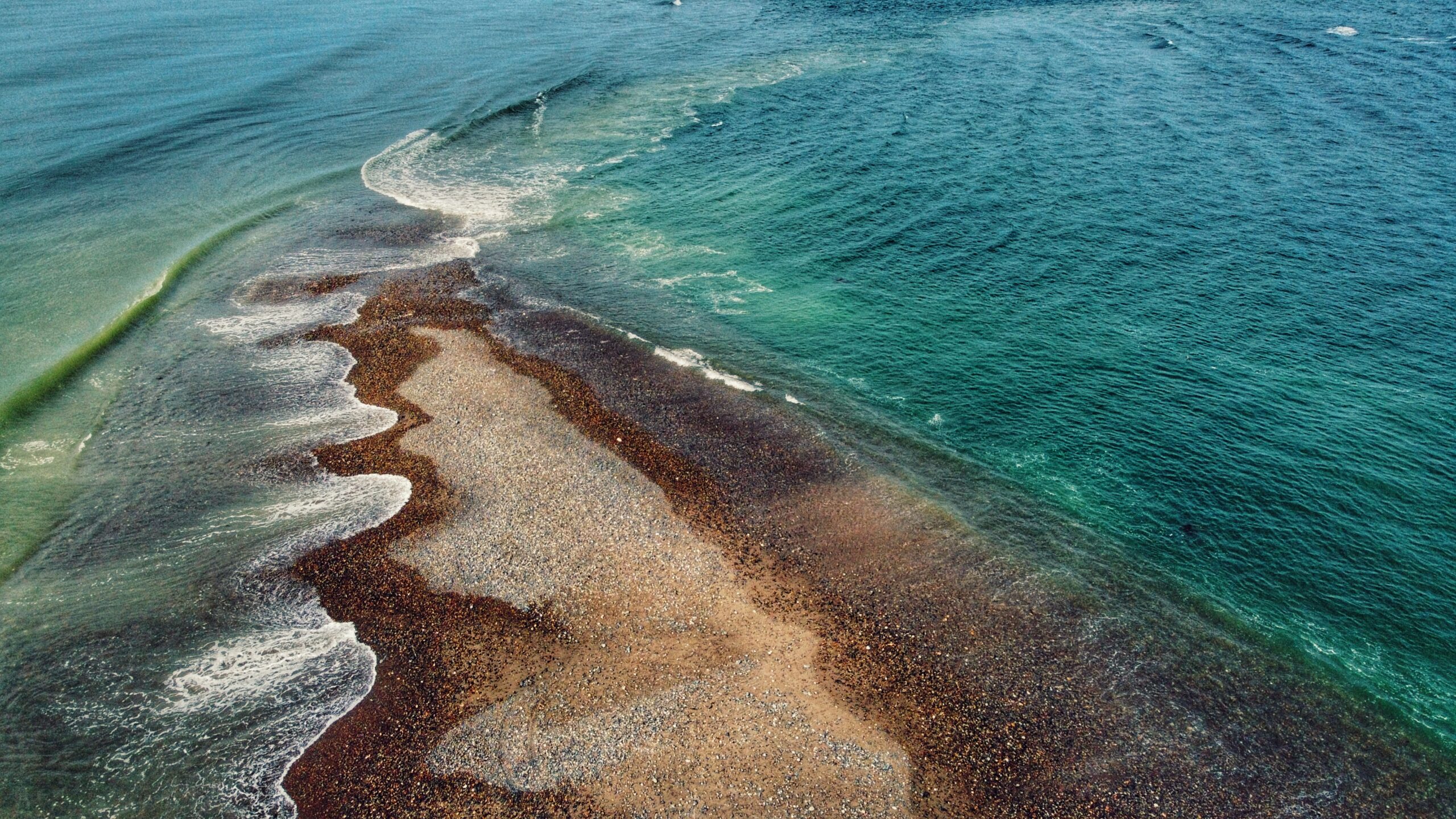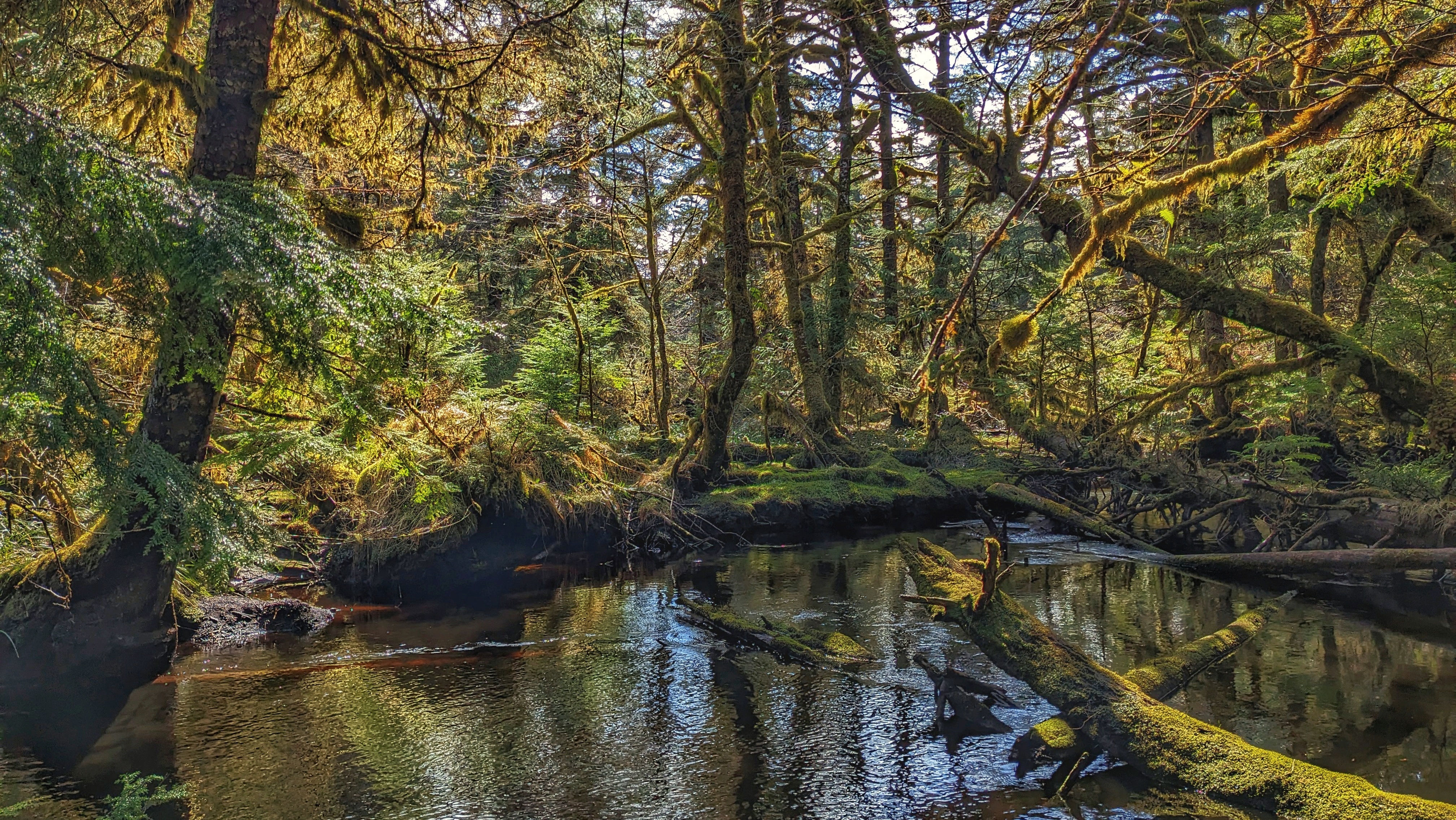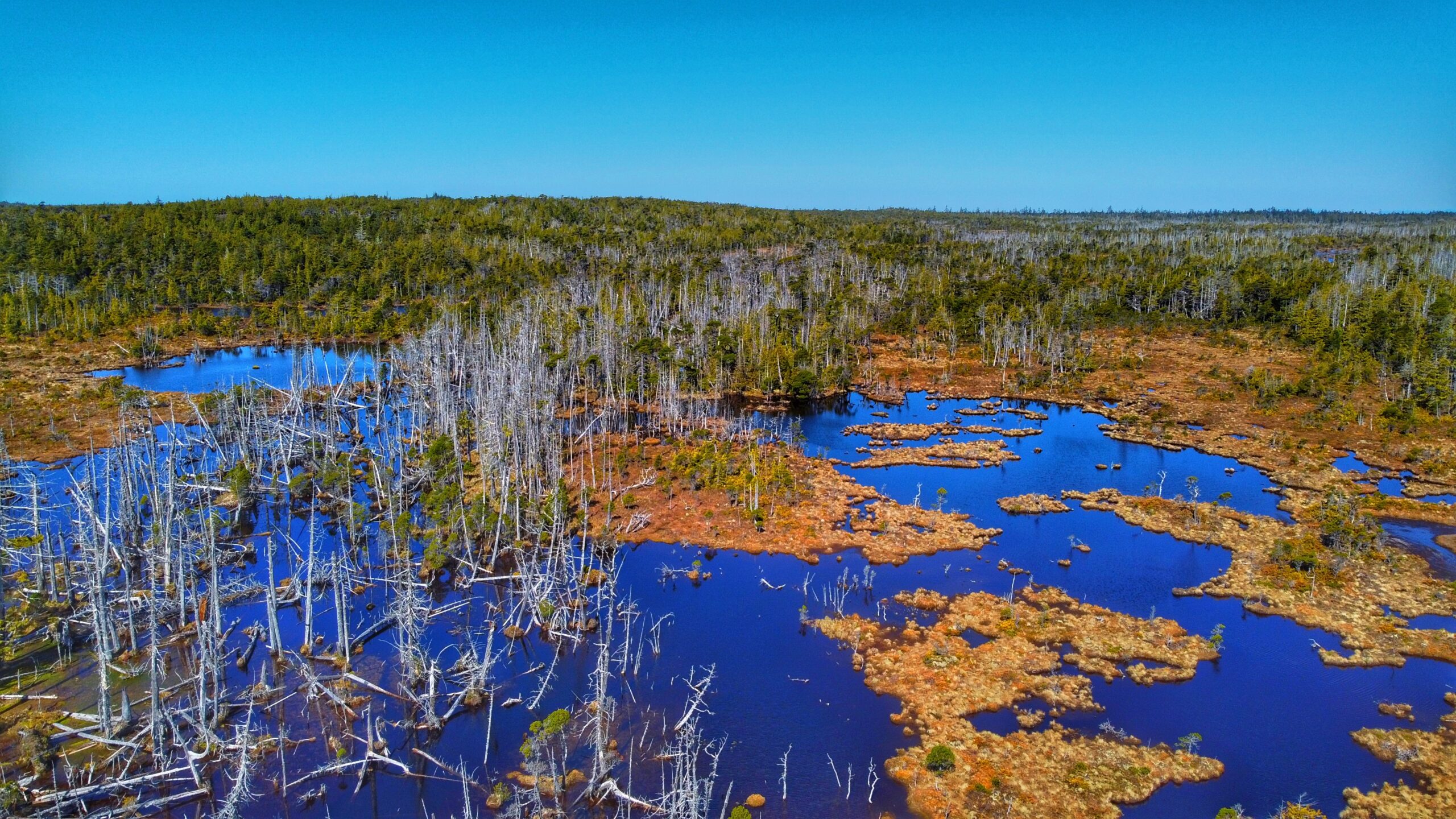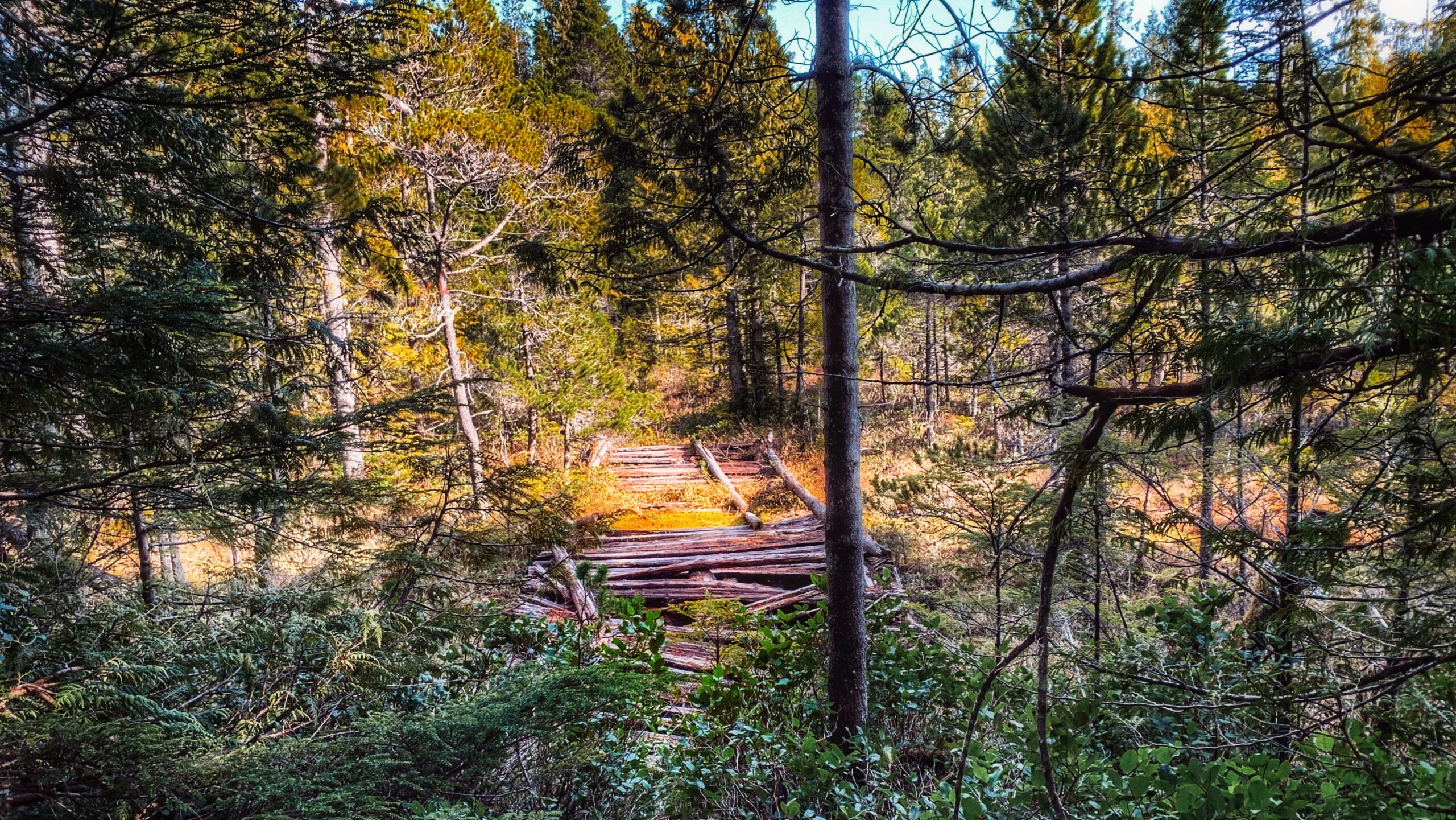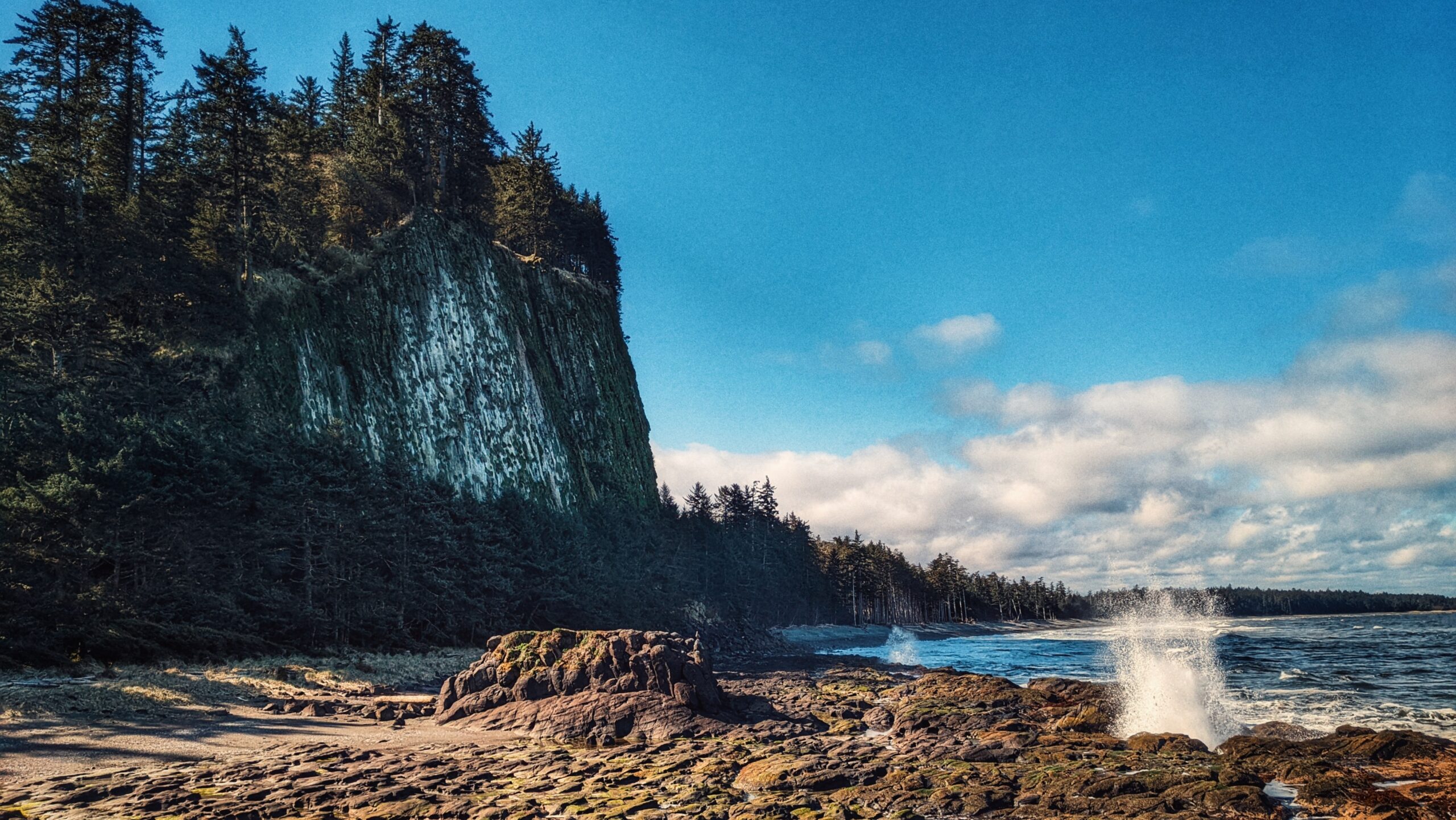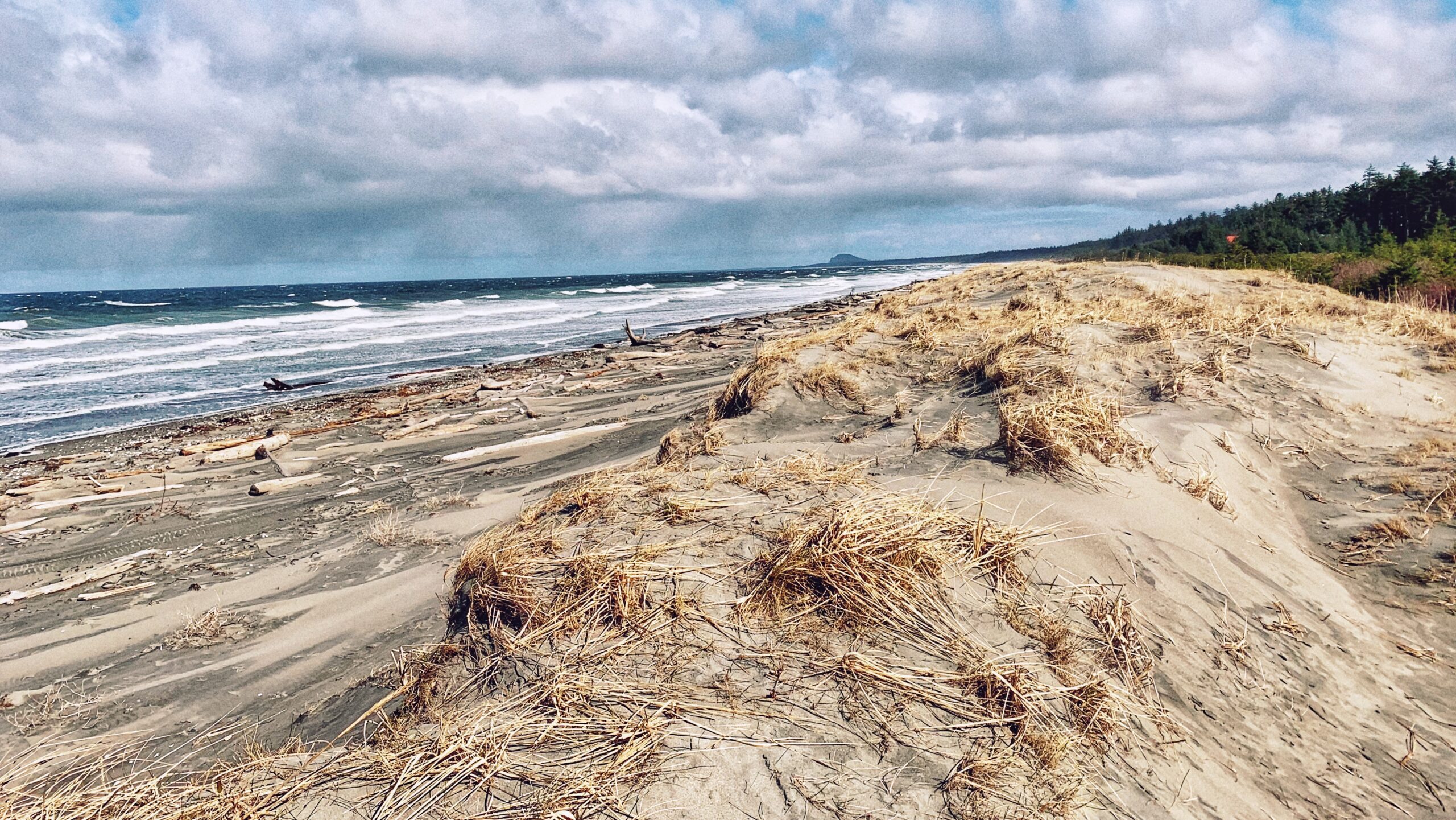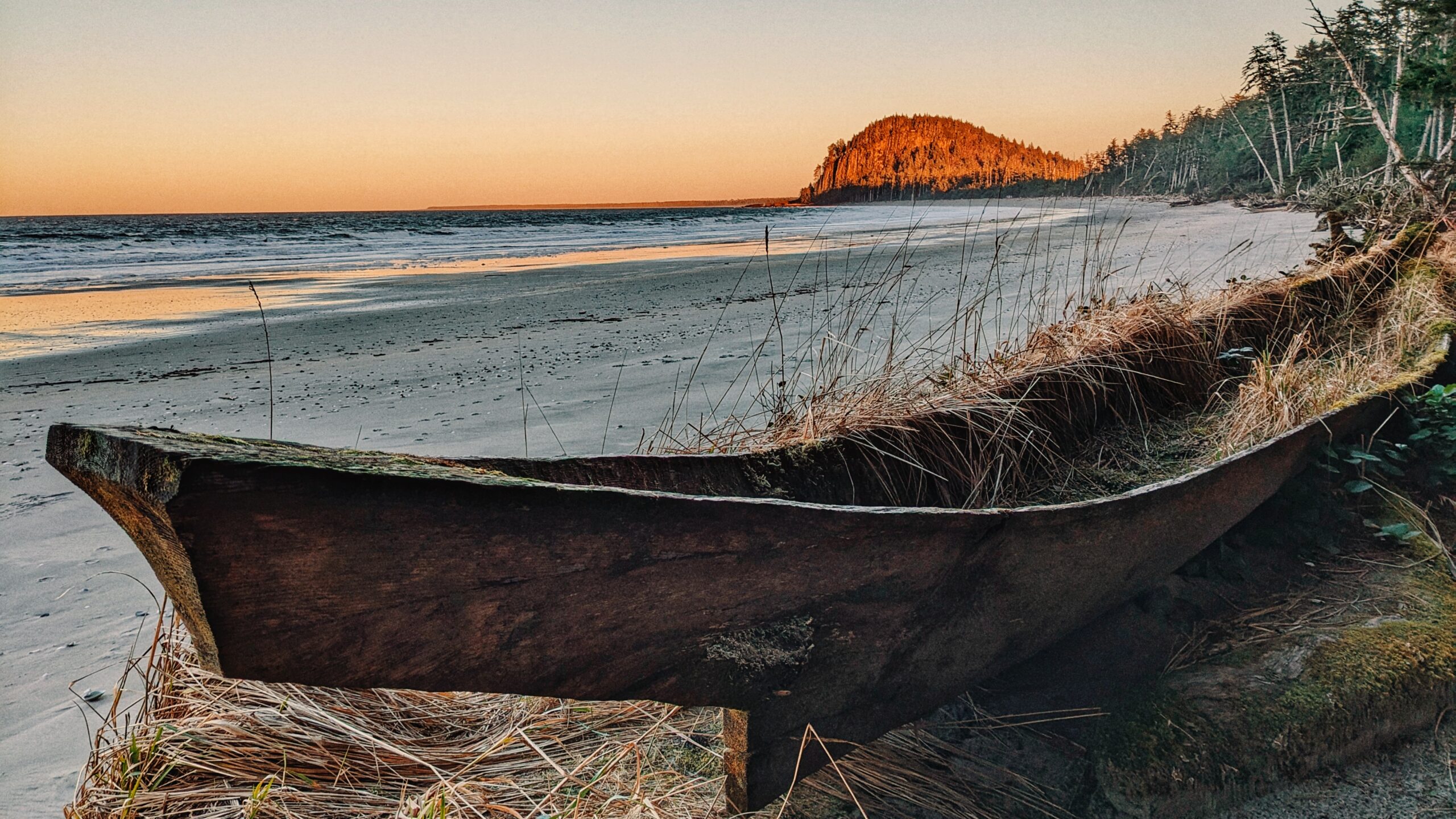The Cape Fife Trail begins on the north side of the Hiellen River and is mostly flat and level the whole way. After hiking for about 5 minutes, you’ll come upon a wide open space and a fork in the trail. Cape Fife continues to your LEFT (going right will take you onto the Four Corners). Before continuing, we recommend studying the Cape Fife information board also found in this area. It outlines the route and highlights a couple of key features – study it to ensure you’re adequately prepared for the hike.
Tag: masset trails
The Sangan River Trail is perhaps better described as a river walk than an actual trail. There is no formal trailhead, nor trail markers denoting the route; however, it is very easy to find and represents a peaceful walk – one that allows you to disconnect from the wired world and re-connect with nature and the elements. To access the Sangan River Trail, drive 10-minutes outside of Masset until you come upon the Sangan River Bridge
Located on the northeastern tip of Graham Island, and wholly within Naikoon Provincial Park, Rose Spit is perhaps best described as a long beach walk rather than a trail hike. To begin your North Beach trek towards “the Spit,” walk down the dirt road from the Hiellen Cabins and onto the beach: You are now at the trailhead/start of your epic walk to Rose Spit.
Four Corners Trail is located immediately east of the Hiellen River Bridge in Naikoon Provincial Park. The route is a settler wagon road, established initially circa 1910, to access parcels of land further inland. The full length of the Four Corners Trail is approximately 5 kilometres; however, today, only the first 2.5 kilometres or so can be safely hiked.
Situated within Naikoon Provincial Park, White Creek Trail is a relatively flat 3.5-kilometre out-and-back trail. The trail, which is an early 20th-century settler wagon road, begins on the west side of White Creek, near the bridge. You’ll see a small sign – the trailhead marker – indicating that the route is not maintained. Despite this, it’s clear the trail is “user maintained” because it was clear and easy to navigate for the duration of our hike. The first kilometre of the hike takes you through a beautiful second-growth forest, carpeted with thick green moss, along an unmistakable wagon road.
The Nadu Homestead Trail – an old settler wagon road – is located approximately 20 kilometres east of Port Clements, heading towards Masset. Once you see the intersection for Nadu Road, you’ll know you’re in the right place – the trail is direct across the highway.
Probably the most quintessential and well-known of Naikoon Provincial Park’s attractions, the Tow Hill and Blow Hole Trails hiking routes are easy and family-friendly, thanks to boardwalks that go their entire length. At the trailhead, which is approximately 26 kilometres east of Masset, you’ll be greeted by two small Haida totems, both of whom sit on either side of a large infographic. This interpretive panel helps set the context for the hike you’re about to embark on.
It is nevertheless a nice, albeit very short, trail. The trail does not have formal trailhead signage, but it is easy enough to find. As you’re driving along Tow Hill Road, just keep an eye out for Hydro Pole 97. If you’re driving north from Masset, the pole will be on your LEFT. The unmarked trailhead will be obvious and almost immediately beside the hydro pole.
The “Naikoon Canoe Trail” is very short at just 140 meters one-way. It is also unmarked, but well worth the effort to find. Having seen and witnessed many blank or old Haida Canoes over the last few years, we were both keen and curious to locate this one after having seen it in some tourist photos.
Described by the Village of Masset as “one of [its] main attractions,” the Delkatla Nature Sanctuary Trail was established in 1969 and is a 290-hectare intertidal wetland area that serves as a “critical migratory stopover for birds during spring and fall migration, an important wintering waterfowl area and home to many summer nesting species.” Since its establishment, some 50 years ago, over 140 species of bird have been observed here. We think the Nature Sanctuary is best appreciated as a two-part experience.

